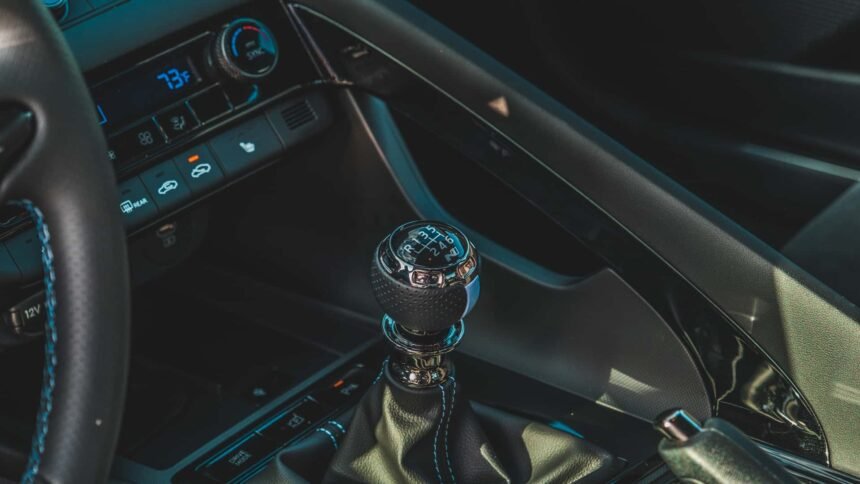The decline of manual transmissions in the automotive industry is a trend that shows no signs of reversing. Once a staple for driving enthusiasts, the manual gearbox is now becoming a rarity as more automakers phase out the third pedal in favor of automatic transmissions.
While the convenience of automatic transmissions is undeniable, there are several reasons behind the disappearance of manual transmissions. One key factor is the increasing complexity of driver assistance systems, which are predominantly designed for automatic transmissions. Integrating both manual and automatic gearboxes into a single vehicle increases production costs, making it challenging for automakers to justify the investment as manual transmission sales continue to decline. Additionally, modern automatic transmissions are often more fuel-efficient, helping automakers meet stringent emissions regulations.
The diminishing demand for manual transmissions is at the core of their downfall. Despite the loyalty of some driving enthusiasts, the majority of consumers are opting for automatic transmissions. This shift is evident in the low manual take rates of vehicles like the Elantra N, where only 30% of buyers chose the manual option in the U.S. last year.
It’s not just manual transmissions that are falling out of favor. According to industry experts, consumers are also moving away from manual handbrakes and analog dials in favor of electronic parking brakes and digital instrument clusters. The preference for modern technologies and conveniences is driving automakers to simplify their offerings and reduce production costs.
The rise of electric vehicles (EVs) further complicates the future of manual transmissions. EVs are rapidly evolving, offering performance capabilities that rival traditional combustion-engine sports cars. Some argue that EVs have made significant advancements in a short period, rendering the nostalgia for manual transmissions obsolete.
While the decline of manual transmissions may disappoint traditionalists, it reflects the changing landscape of the automotive industry. Automakers are prioritizing features and technologies that appeal to the broader market, leading to the gradual phasing out of manual transmissions. As the industry continues to evolve, it’s essential to adapt to the shifting preferences of consumers and embrace the advancements that drive innovation in the automotive world.







